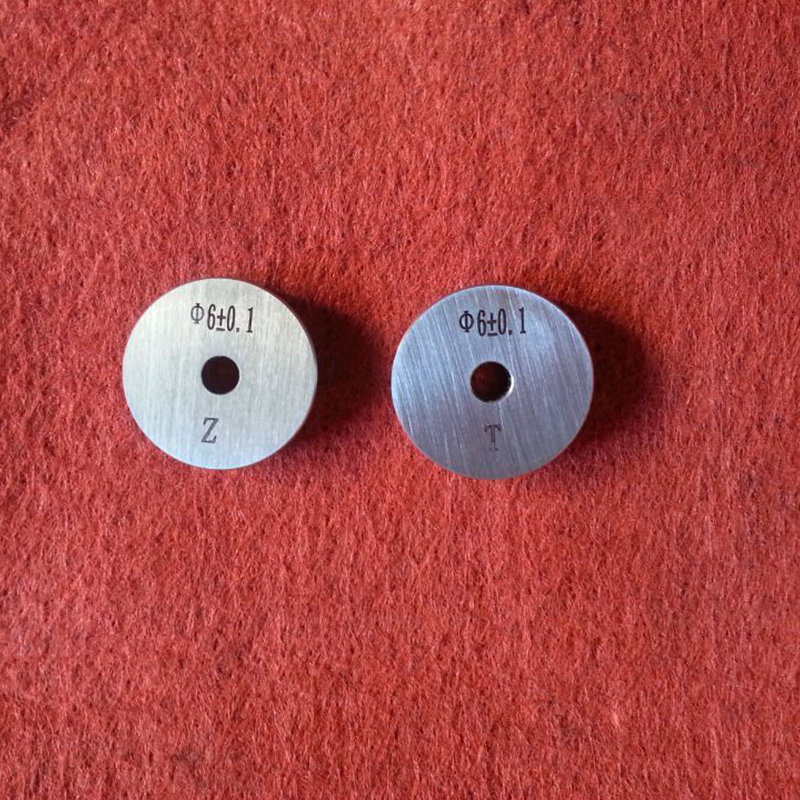Dec . 15, 2024 04:54 Back to list
Understanding the Costs Involved in Installing Butterfly Valves for Your Project
Understanding the Cost of Butterfly Valves Factors and Considerations
Butterfly valves are essential components in various industrial applications, serving as a key element in fluid control systems. They are widely used in sectors such as water treatment, oil and gas, chemical processing, and HVAC systems. As with any mechanical device, one of the primary considerations when procuring butterfly valves is their cost. This article delves into the factors influencing butterfly valve costs, offering insights to help businesses make informed purchasing decisions.
What are Butterfly Valves?
Before discussing costs, it is important to understand what butterfly valves are and how they operate. A butterfly valve consists of a rotating disc that regulates the flow of fluid. When the valve is open, the disc is rotated parallel to the flow of the fluid, allowing it to pass through. When closed, the disc rotates perpendicular to the flow, blocking the passage. This simple yet effective design makes butterfly valves easier to operate and install compared to other valve types.
Factors Affecting Butterfly Valve Costs
1. Material Composition The materials used in constructing butterfly valves significantly impact their cost. Common materials include cast iron, stainless steel, plastic, and bronze. While cast iron valves may be more affordable, they may not be suitable for corrosive environments. Stainless steel valves, while more expensive, offer higher durability and corrosion resistance, making them ideal for challenging applications. Selecting the appropriate material ensures long-term reliability, affecting overall costs.
2. Size and Dimensions The size of the butterfly valve plays a crucial role in determining its cost. Larger valves generally require more material and are more complex to manufacture, leading to higher prices. Additionally, the size impacts the flow rate capacity and the scale of the system in which the valve will be installed. Companies must evaluate the size specifications carefully to avoid over- or under-sizing, which could lead to inefficiencies and increased expenses.
butterfly valve cost

3. Type of Actuation Butterfly valves can be operated manually or automatically. Manual valves are typically less expensive than automated options, which incorporate electric or pneumatic actuators for operation. While the initial investment in automated valves can be higher, they can improve efficiency, especially in systems requiring remote control or integrated automation. The choice between manual and automated valves should be based on operational needs and budget considerations.
4. Design and Features The design complexity and additional features of a butterfly valve can also influence its cost. For instance, some valves come with advanced sealing technologies or specialized disc designs that enhance performance and reduce leak potential. Valves designed for specific applications, such as high-temperature or high-pressure environments, may also come at a premium due to their engineering requirements.
5. Brand and Manufacturer The reputation of the manufacturer can greatly affect pricing. Established brands known for high-quality products may charge more than lesser-known manufacturers. It’s vital for buyers to consider not just the upfront cost but also the valve’s quality, reliability, and expected lifespan. Investing in a reputable brand can save money over time through reduced maintenance and replacement needs.
6. Quantity Purchased The volume of valves purchased can also influence pricing. Bulk purchases often qualify for discounts, allowing companies to save significantly on large orders. Companies should assess their needs and consider stocking up if they anticipate future requirements, thereby capitalizing on unit cost savings.
Conclusion
In conclusion, the cost of butterfly valves can vary widely based on multiple factors, including material composition, size, actuation method, design features, brand reputation, and purchase volume. When selecting butterfly valves, businesses must weigh these considerations against their specific operational needs and budget constraints. Ultimately, investing in the right butterfly valve is crucial for ensuring efficient and reliable performance in fluid control systems, making it a critical component of overall operational effectiveness. By understanding the factors that influence costs, companies can make better purchasing decisions, ensuring they obtain the best value for their investment.
-
Y Type Strainer Maintains System Efficiency Long TermNewsJul.15,2025
-
Valve Selection Guide for Industrial ApplicationsNewsJul.15,2025
-
Steel Fab Table Provides Durable Work Surface for WeldingNewsJul.15,2025
-
Pad Iron Provides Stable Support for Heavy MachineryNewsJul.15,2025
-
One Inch Check Valve Fits Standard Plumbing SystemsNewsJul.15,2025
-
Measuring Micrometer Ensures Precise Dimensional AccuracyNewsJul.15,2025
Related PRODUCTS









